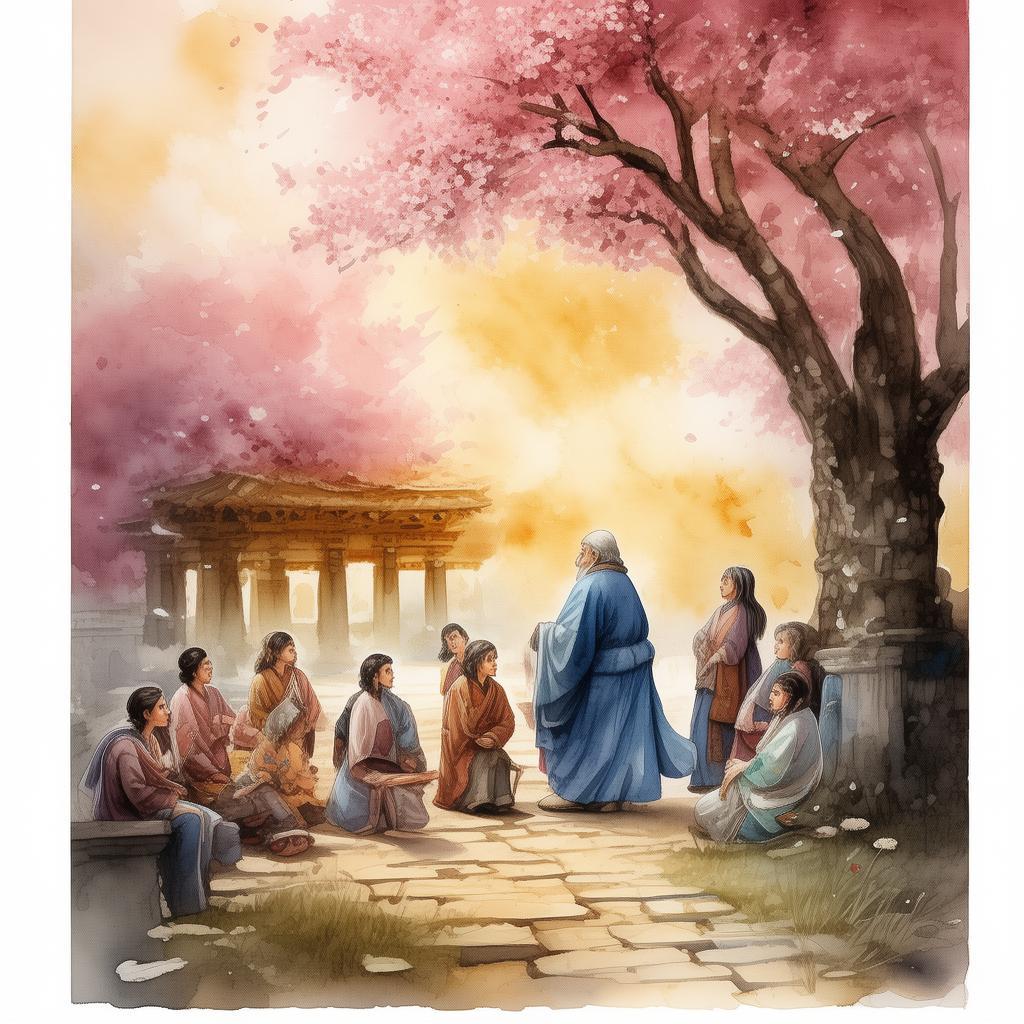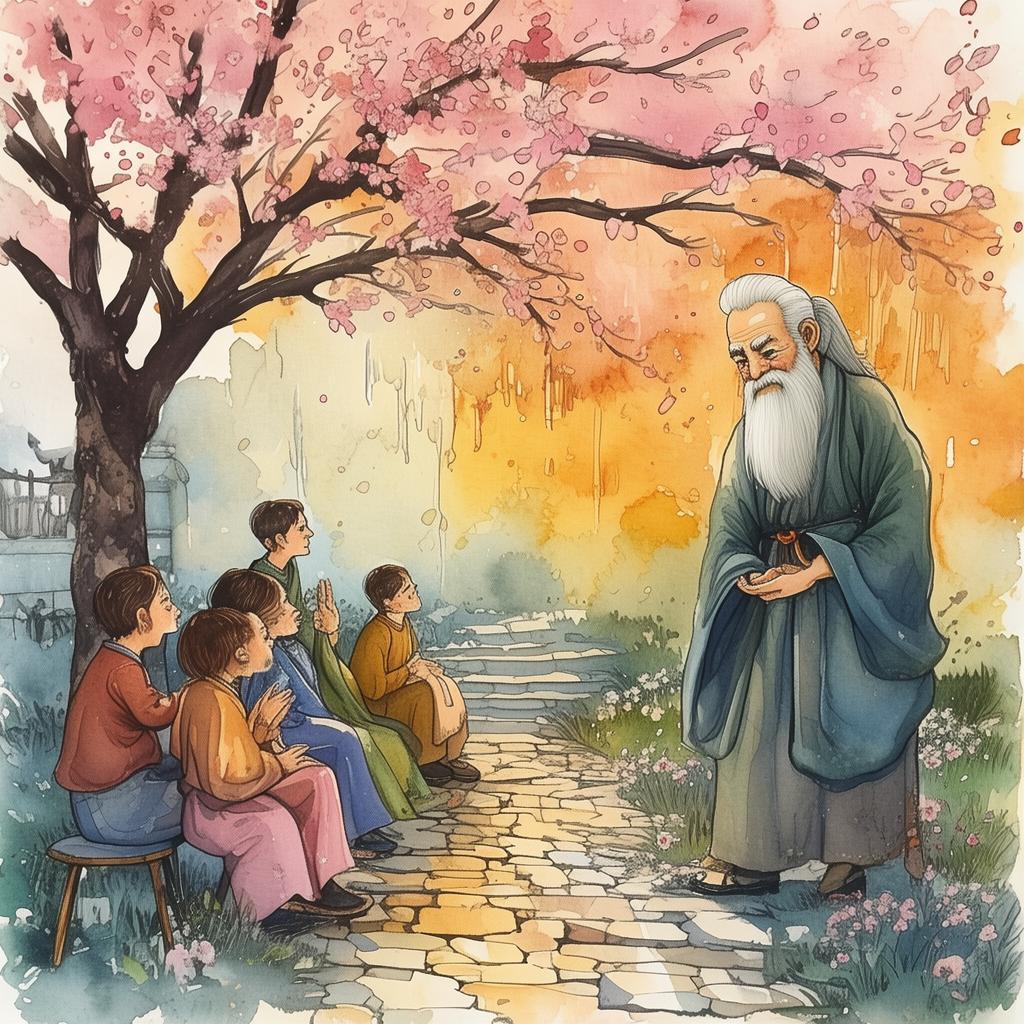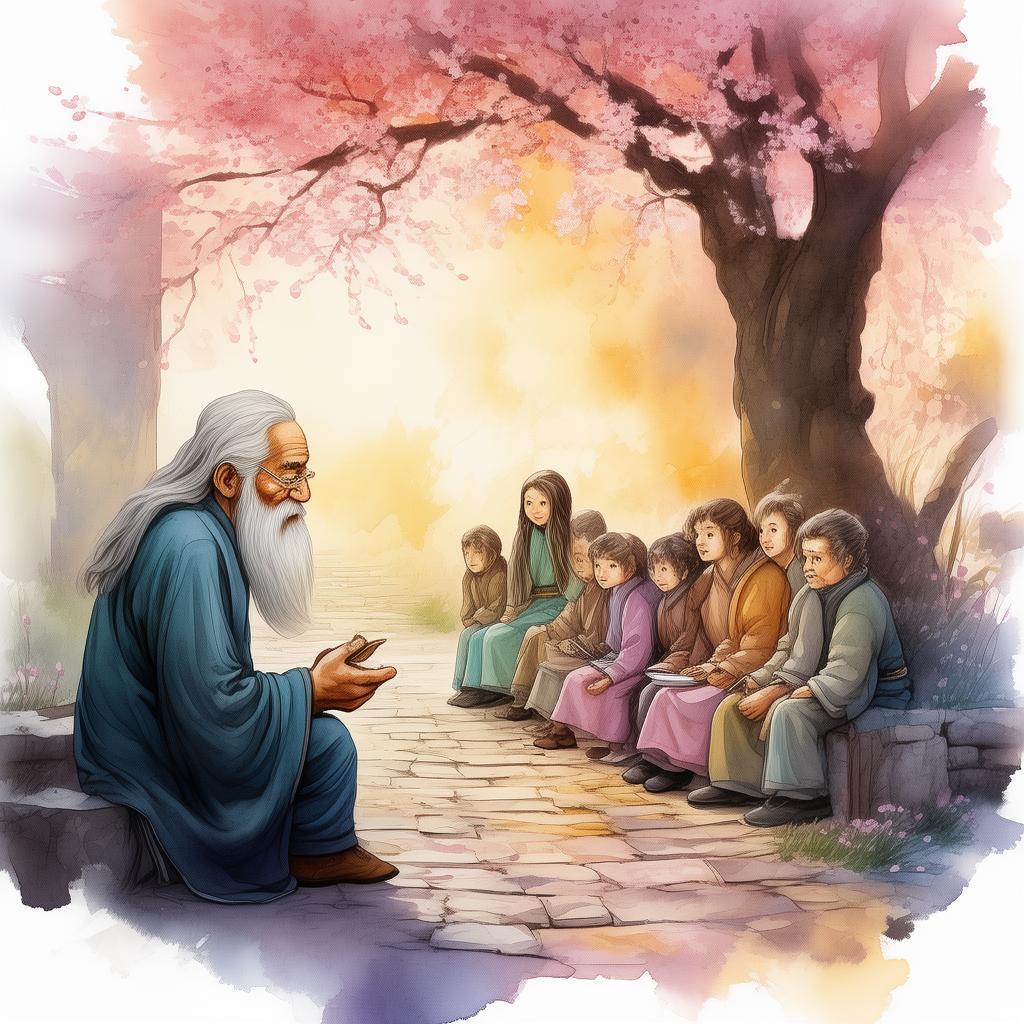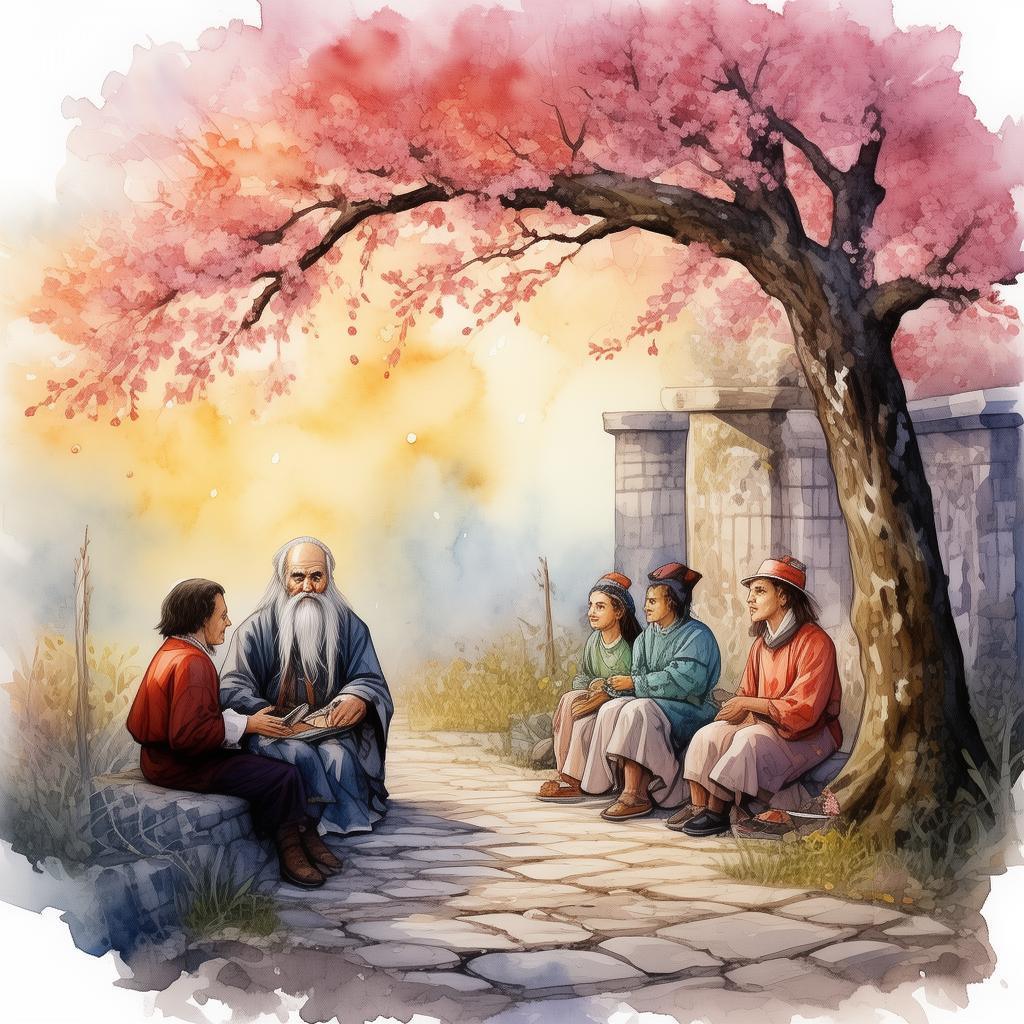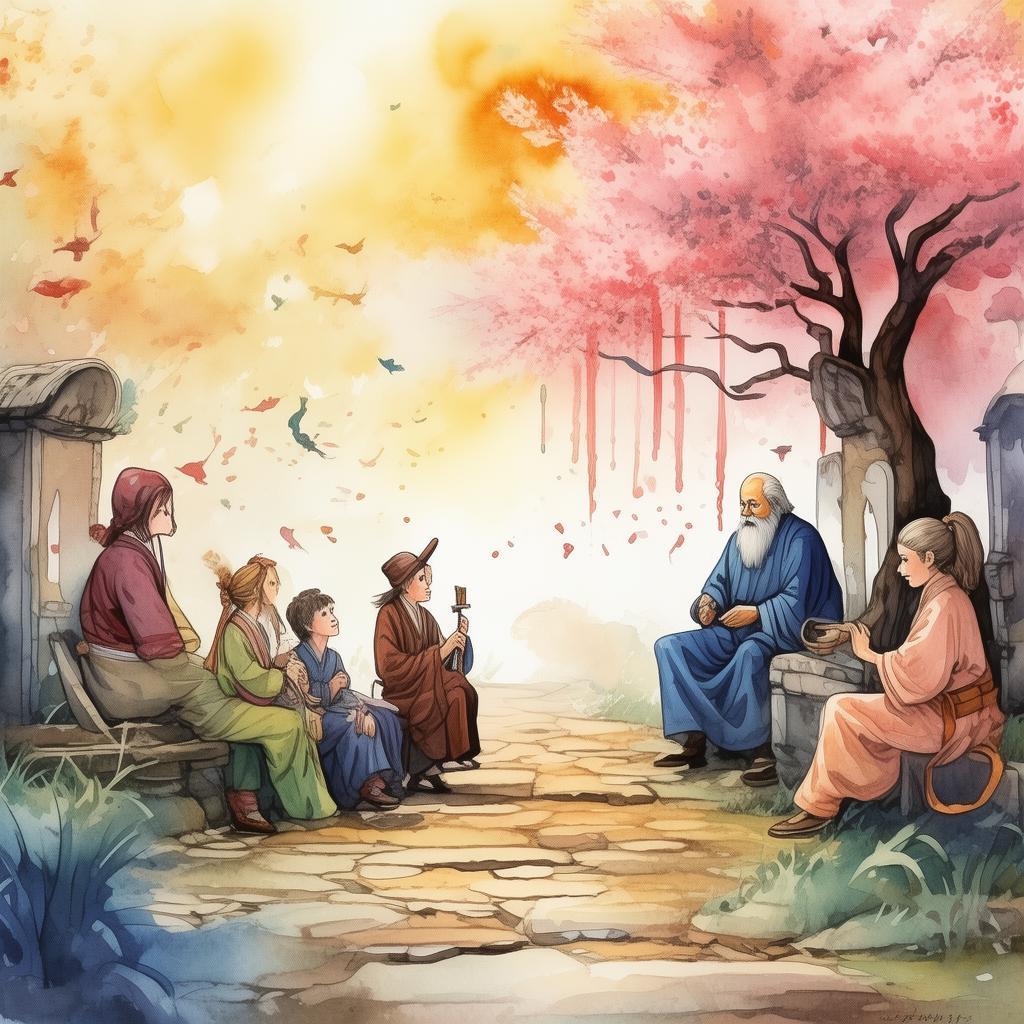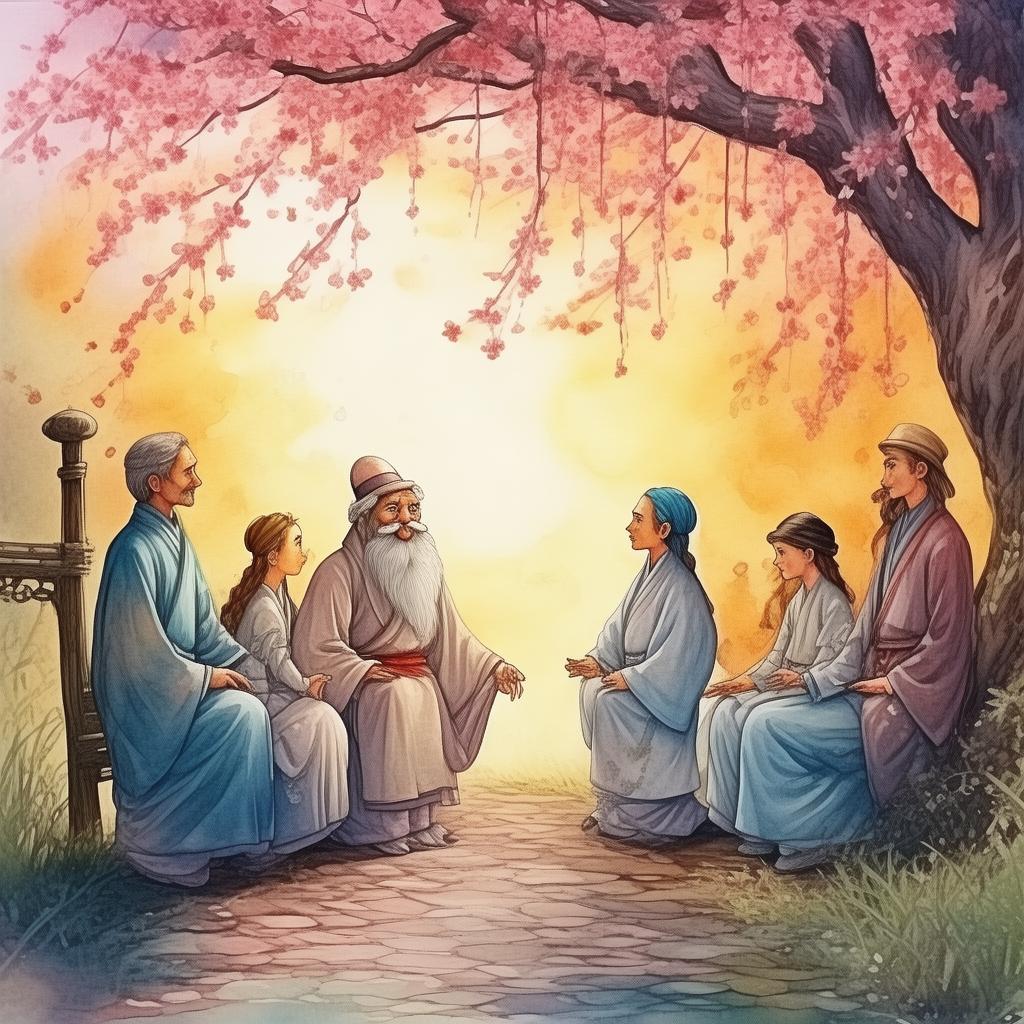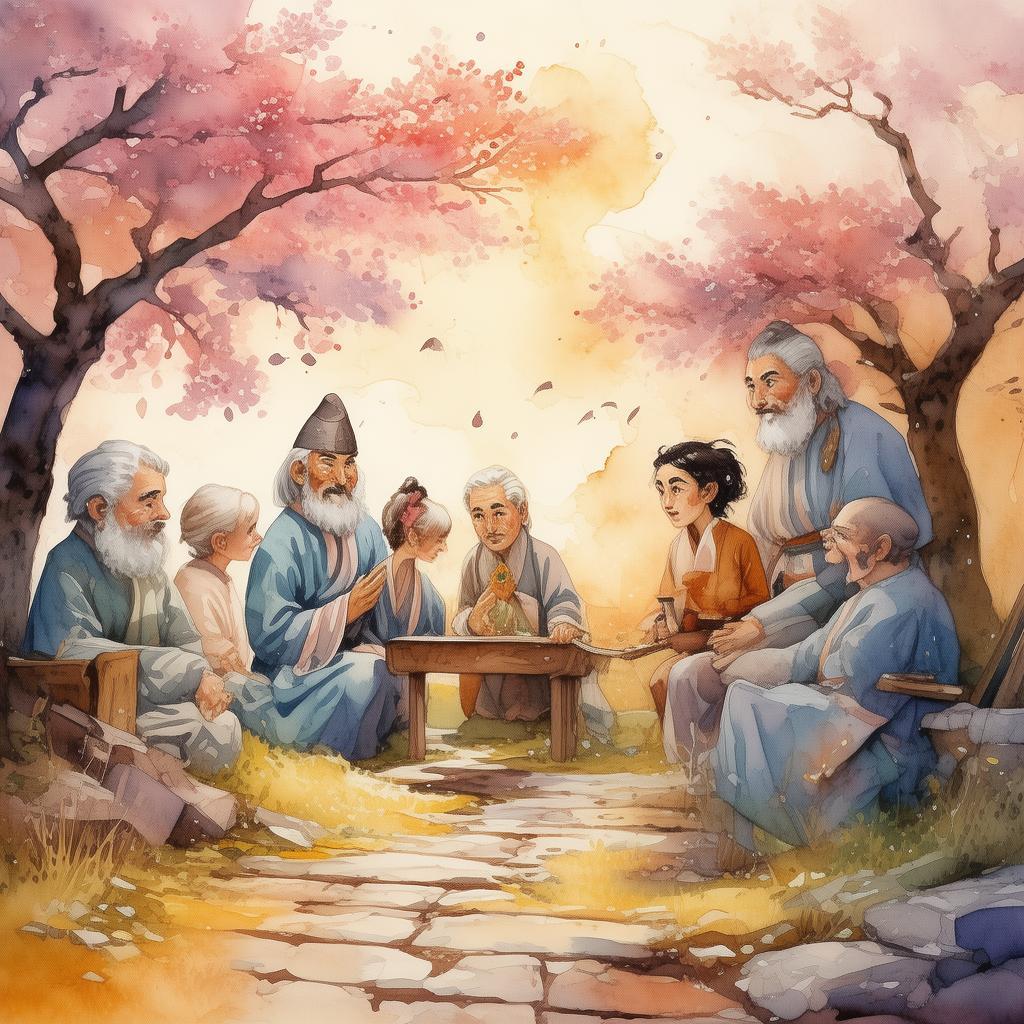Whispers of the Garment: The Secret Rebellion
In the bustling streets of 18th-century Paris, amidst the clinking of glasses and the laughter of the wealthy elite, there existed a quiet revolution. It was a revolution not of swords and spears, but of whispers and the subtle art of tailoring. The story unfolds around Madeleine, a seamstress whose hands could transform the simplest of fabrics into garments that spoke of power and freedom.
Madeleine was not just a tailor; she was an artist with a needle and thread. Her shop, nestled in a narrow alleyway, was a sanctuary for those who sought more than just clothing. It was a place where the oppressed found solace in the beauty of their attire, and the wealthy felt the weight of their privilege.
One evening, as the city was enveloped in the soft glow of gas lamps, a mysterious figure entered her shop. He was a man of refined taste, yet his eyes held a fire that belied his attire. He requested a suit, not for himself, but for a cause. He spoke of a rebellion, one that would not be fought in the open streets, but in the hearts and minds of the people.
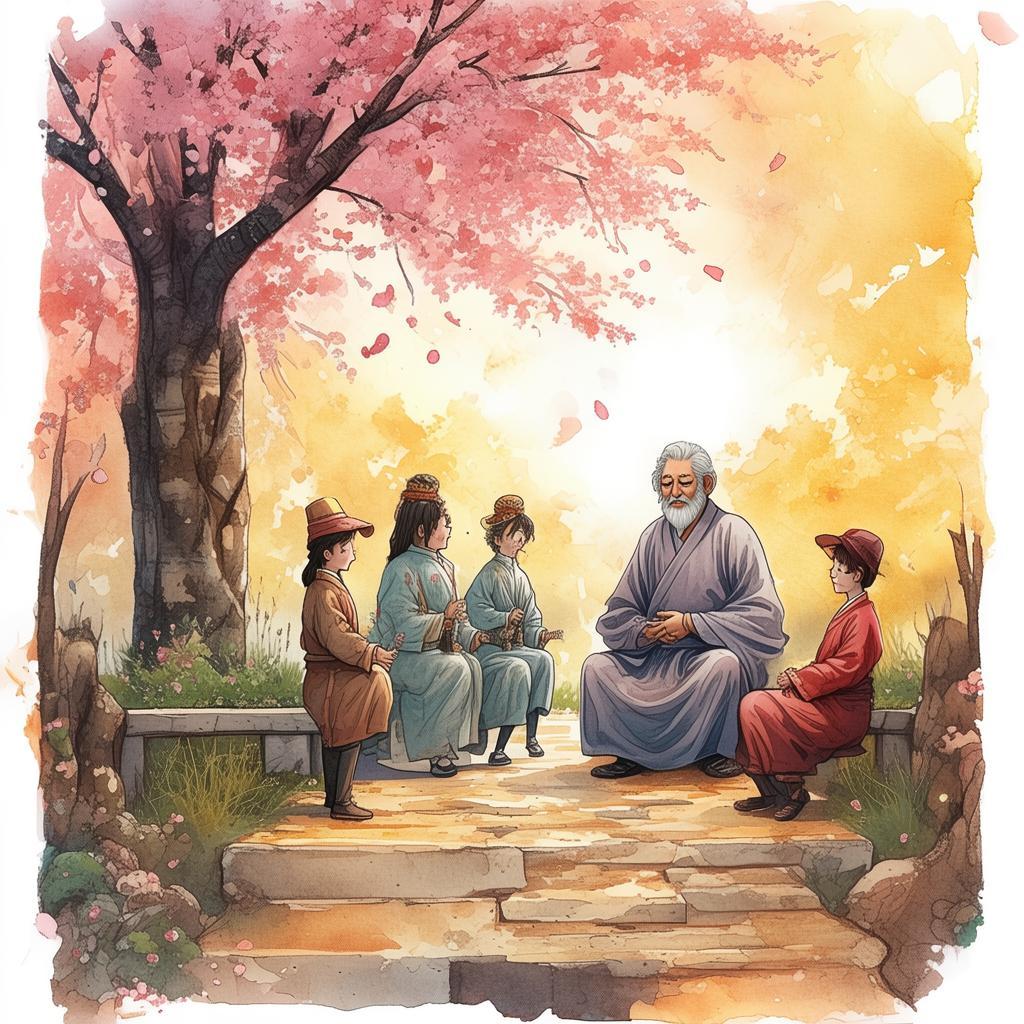
Madeleine, with her keen sense of fashion and her unwavering moral compass, knew this man was no ordinary client. She agreed to create the suit, but only under one condition: he must tell her the truth about the rebellion. The man, seeing no harm in revealing his secret, confided in her that the rebellion was planned to take place under the cover of the upcoming balls and galas where the elite would gather.
As the days passed, Madeleine worked tirelessly on the suit, incorporating subtle motifs that symbolized the struggle for freedom. She added a hidden pocket that could hold a small, crucial message. She also included a secret zipper that could be opened only with a specific key—a key that would be used to pass on the message during the ball.
The night of the ball arrived, and the man, now dressed in the suit Madeleine had crafted, entered the grand hall. The air was thick with the scent of perfume and the sound of music. The man mingled with the crowd, his movements as fluid as the fabric of his suit. As the evening progressed, he approached a woman who was known to be a spy for the royalist forces.
In a whisper that could be heard only by those who understood the language of the heart, he passed the suit to her. The woman, recognizing the hidden pocket, reached inside and extracted the message. Her eyes widened with shock as she read the contents. The message was a call to action, a signal for the rebellion to begin.
As the woman hurriedly left the ball, the man's face turned pale. He knew that the game was up, that the authorities would soon be on his trail. But as he left the hall, he couldn't help but smile. He had done his part, and the revolution had taken a significant step forward.
Madeleine, who had been watching from a distance, felt a sense of pride. She had played her part in the revolution without ever lifting a sword. Her garments were the silent rebels, their beauty a testament to the fight for freedom.
In the days that followed, the revolution was quelled, and many of the participants were captured. But the man who had worn Madeleine's suit managed to escape. He sent a letter to her, thanking her for her courage and her contribution to the cause.
Madeleine received the letter with a smile. She knew that her work was not done, that the fight for freedom was far from over. But she also knew that she had found her purpose, that her hands were not just for creating beauty, but for weaving the fabric of change.
The story of Madeleine and the suit she crafted became a legend among the revolutionaries. It was a tale of how fashion could be a force for change, how the threads of a garment could become the threads of a revolution. And as the whispers of the garment spread through the streets of Paris, they carried with them the promise of a future where freedom would be won not just by words, but by the silent strength of those who dared to dream.
✨ Original Statement ✨
All articles published on this website (including but not limited to text, images, videos, and other content) are original or authorized for reposting and are protected by relevant laws. Without the explicit written permission of this website, no individual or organization may copy, modify, repost, or use the content for commercial purposes.
If you need to quote or cooperate, please contact this site for authorization. We reserve the right to pursue legal responsibility for any unauthorized use.
Hereby declared.
